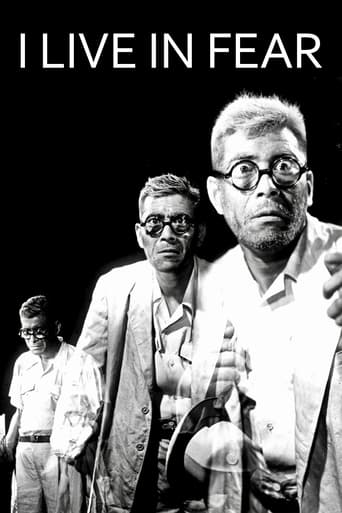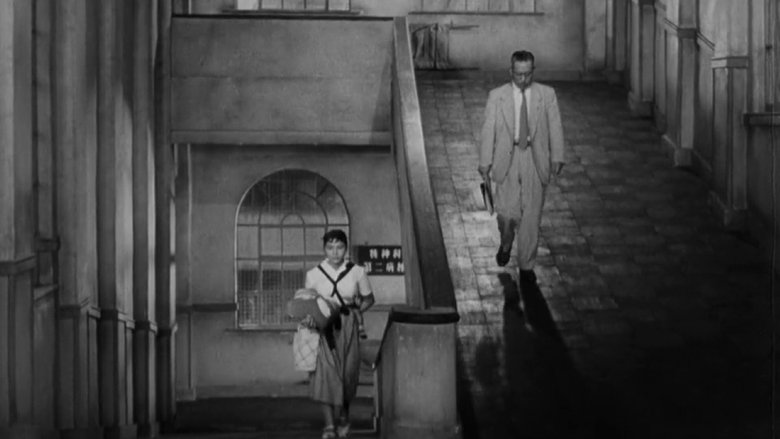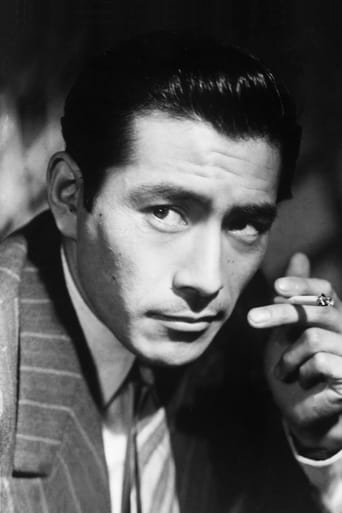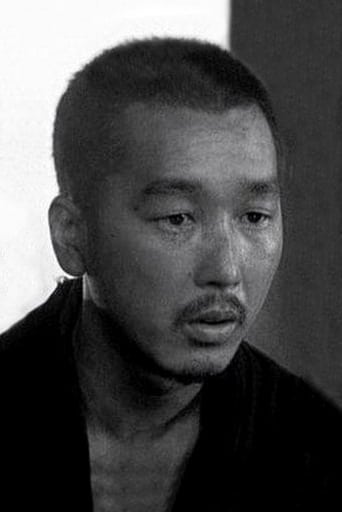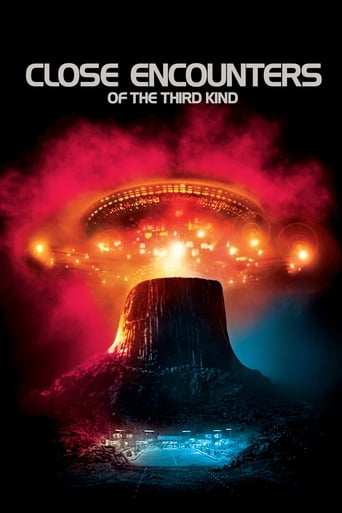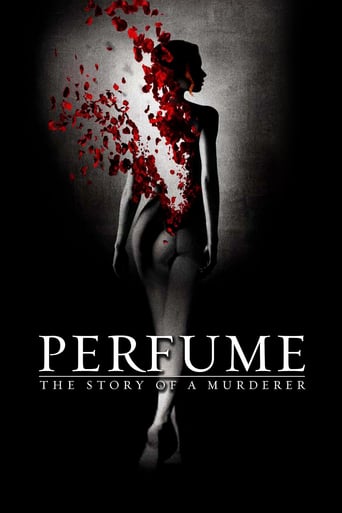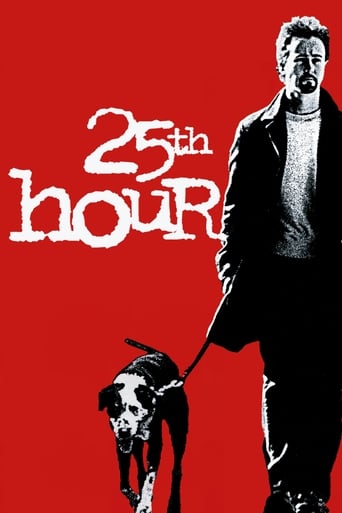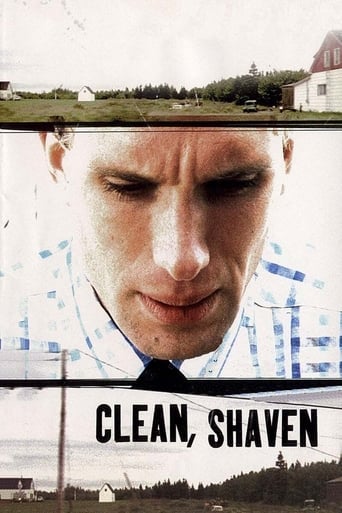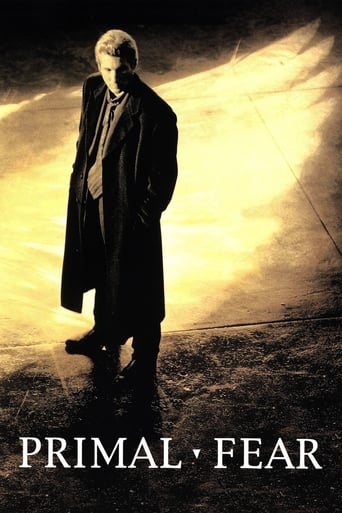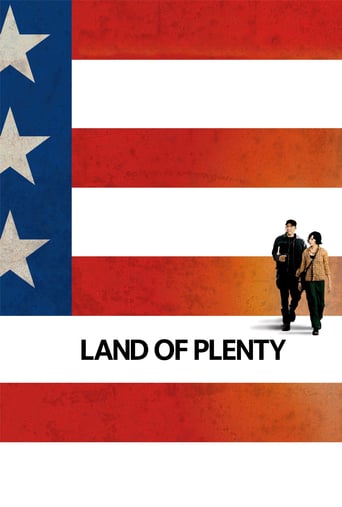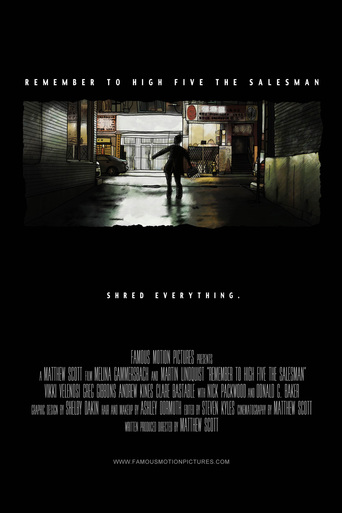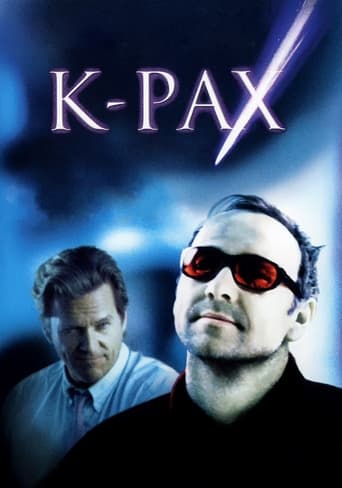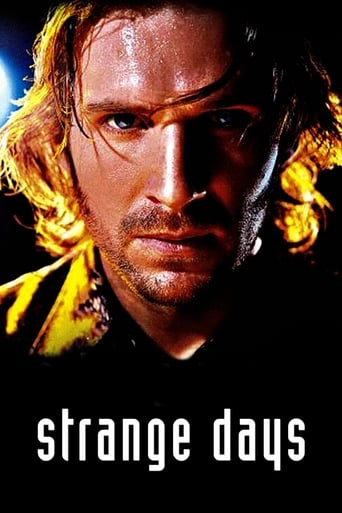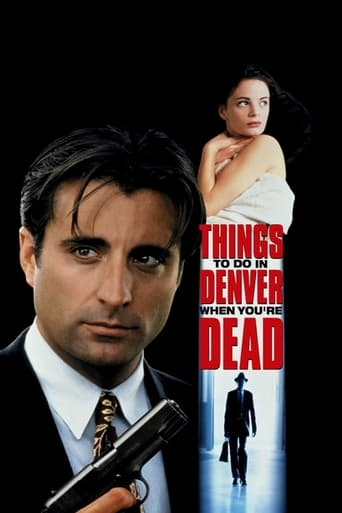I Live in Fear (1955)
Kiichi Nakajima, an elderly foundry owner, is convinced that Japan will be affected by an imminent nuclear war, and resolves to move his family to safety in Brazil. His family decides to have him ruled incompetent and Dr. Harada, a Domestic Court counselor, attempts to arbitrate.
Watch Trailer
Free Trial Channels
Cast


Similar titles
Reviews
Terrible acting, screenplay and direction.
It is interesting even when nothing much happens, which is for most of its 3-hour running time. Read full review
Not sure how, but this is easily one of the best movies all summer. Multiple levels of funny, never takes itself seriously, super colorful, and creative.
This is a dark and sometimes deeply uncomfortable drama
An aging, industrialist Japanese man (Toshiro Mifune) becomes so fearful of nuclear war that it begins to take a toll on his life and family.Viewers watching this have to sympathize with the protagonist. He might be eccentric, but his fears are not baseless: indeed, at the time this film was released, Japan had been hit only ten years earlier. The possibility of being hit again was very real (other than the fact it was now peace time) and Brazil is actually a smart place to go if you want to be free of nuclear bombs. Even today (2016) I don't believe there are any nuclear weapons in South America.The question is asked: is it crazier to have this irrational (or semi-rational) fear, or to have no fear at all? Modern writers have even taken to comparing this film to 9/11 and terrorism. I find that a tad odd (say what you will, but the bombs were far worse than any terror attack). But it's a valid point. Should we be overly wary of terrorism or ignore it altogether? It seems the only correct response is to embrace Aristotle and recognize that too much on the spectrum one way or the other is folly.
In any other hands the weight of the subject matter of I Live in Fear (or Record of a Living Being, which may or may not be the more accurate title) would be handled with the ham-fisted pounding-over-the-head drive of a Paul Haggis. Under Akira Kurosawa's direction, however, there's somehow subtlety, or at least ambiguity, in how the characters are depicted in the scope of the message.It might have even seemed a little more dated- total blind fear and paranoia about the possibility of *the* bomb falling down and wiping out civilization- if not for the current state of affairs, in some parts of the world, regarding terrorism. What is it to be loaded up, whether it's from seeing it first hand (which isn't to downplay the tragedy of that experience) or being affected by media hype or propaganda, and made to believe that getting murdered in such a way to consider it an existential threat? How does one contemplate something, like nuclear threats or terrorism? Mifune's character, in a sense, might not be totally wrong. It's nothing to be ashamed of to take precautions to protect your family (in ten years Kiichi Nakajima has had the H-Bomb threat on his mind). It's the extreme nature that throws his big family for a loop - taking everyone off to Brazil (you know, like the song, as well as South America) - to avoid the nuclear fallout from the presumed bomb drop. This includes a bitter family battle over his right to do this, or to sell the factory he owns and his family and others work at, and just how much to take him seriously.What ends up happening in Kurosawa's treatment of Nakajima isn't hitting you over the head with its message, be it that there is a big danger of the bomb or that you need to take care of the mentally ill no matter if they're right or wrong. It's about Nakajima in the scope of his family. The H-bomb fear is real for him, but it's seen by the family in a split vision- some will go wherever he wants to, and some want him committed and look to pilfer his will- that brings the drama. In fact, as one of Kurosawa's lessor seen works (i.e. not as well-known as his classics from the 50s Seven Samurai, Ikiru), it's one of his most compelling. And Kurosawa has two gambles that he takes with the film, the kind that if they go wrong will affect the film in a negative way. The first is Mifune's performance. At first one might think he's playing it without much dimension, but there's something about his physical transformation that makes it a unique performance- almost an embodiment, to say it pretentious-like- one that makes Nakajima a purely neurotic character, with his big round glasses, buzz-cut hair, and grizzled, old look. We've never seen Mifune like this, and he adds great little note to a career that seems to be filled with mostly BIG performances (i.e. Throne of Blood) or star vehicles. There's that extra bit of effort, as Kurosawa does in the writing and spare direction, to add some humanity to a part that should be cut and dry. Anyone who wants to see Mifune the 'actor', should check out this or Samurai Rebellion for sure, as opposed to the 'bad-ass' of Yojimbo.The second thing is the music, or what appears to be a lack thereof. The original composer apparently died midway through and was replaced, but it's ironic since I don't notice much of a music score at all during the film. There's the opening theme, which is quite extraordinary, but a lot of times we're just left in these awkward, tense dramatic scenes (like the Office, only not funny). Unlike other Kurosawa small-scale dramas where the music is piled on a bit (Scandal comes to mind), this is just very bare-bones in relation to the material. It's a little startling after a while, but it works. A-
I Live in Fear, more accurately translated from the Japanese as Record of a Living Being, marks a move towards gloomier, more pessimistic works from Kurosawa. It is, as far as I know, the earliest film to deal head-on with the issue of nuclear weapons. While Japan's own Godzilla (1954) and US films like Kiss Me Deadly (1955) made metaphors for the destructive capabilities of the bomb, I Live in Fear looks directly at the unspoken social terror by which those other allegorical films were inspired.But this is not a one-issue film. Kurosawa also rails against the problems in a typical patriarchal Japanese family both with the family elder's demanding control over his children and also the younger generation's disrespect for the old man. However, an overarching theme seems to be an attack on individualism. Niide, the patriarch seeks only to save himself and his family. Throughout the picture we are reminded that there is a wider society out there, beginning with the opening shots of crowded streets scenes (which remind me of the beginning of The Public Enemy). So Kurosawa puts several of his political eggs in I Live in Fear's basket, but the points are skilfully woven together around the theme of the nuclear threat.While we aren't confronted with an actual demonstration of the effects of nuclear war, the imagery of total destruction is there in subtle ways. The iron foundry which Niide owns resembles a ruined, burnt out city. At one point, Niide is startled by the beginning of a thunderstorm the perfect metaphor for a nuclear strike; a flash, a boom and rainfall (in other words, the radioactive fallout after the explosion). It's a slightly obvious device, but the timing is perfect. One of the most haunting images comes towards the end, in a scene where a dusty wind is blowing through Niide's house, flapping through the pages of a book he has left open on the floor.Kurosawa's regular leading man Toshiro Mifune is daringly cast as the elderly Niide. With makeup ageing his features, the thirty-five year old is in a role unlike any he had played before. He's perhaps a little too lively to convince as an old man, but what counts is that he brings as much power to the performance as he did to his role as Kikuchiyo in Seven Samurai the previous year. His standout scene is the one in which he confronts Dr Harada after getting off the bus, and confesses that he is now terrified. Kurosawa cleverly amplifies his speech by having it take place under a road bridge. Kurosawa's favourite supporting actor, Takashi Shimura, plays Dr Harada, and turns in a strong performance as a kind of consistent voice of reason throughout the picture.One criticism I sometimes have of Kurosawa is that in his effort to make a point, he occasionally forgets to make a film enjoyable for the audience, and this is somewhat the case here. I Live in Fear is not the most entertaining of Kurosawa's pictures. On the other hand, it's not all that long, and there's a slightly hysterical tone to it that occasionally makes it spellbinding. Kurosawa said this was the picture that he was most proud of, and you can see why. It was a flop at the Japanese box office, and has never been all that popular, but as a record of the atmosphere of the times, it really deserves more recognition.
"I Live in Fear" is a thought-provoking, moving film about love, greed and fear, framed as only Kurosawa could. If you're a fan it's a must see, as it explores new and old themes in a stark, interesting manner. Excellent acting through-out, and please look carefully--Mifune wears no make-up, just huge glasses and a perpetual scowl; his talent and intensity were all he needed. This film also gives us an interesting look at Japan after the bomb, and the different ways people chose to deal with the fear they all in fact felt. The film does not judge, sympathizing with the children even as it highlights their selfishness. A good movie to make you think about where we've been, and where we might be headed.

